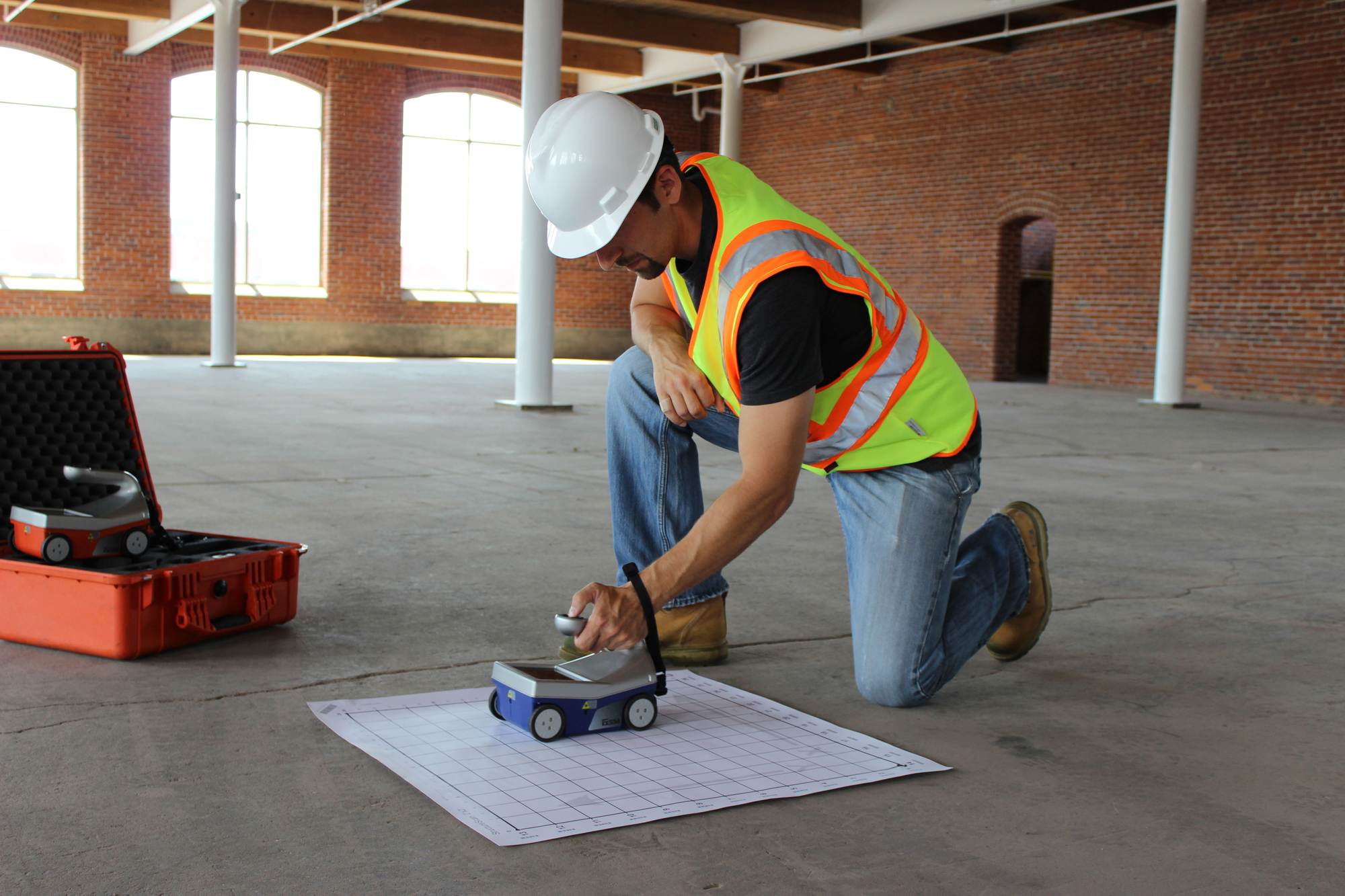The Advantages of RainierGPR Concrete Scanning for Construction Projects
The Advantages of RainierGPR Concrete Scanning for Construction Projects
Blog Article
Discovering the Trick Advantages of Concrete Scanning in Building Projects
In the realm of contemporary building and construction practices, the usage of concrete scanning technology has become a critical tool for making sure job performance and architectural stability. From enhancing precaution to precisely discovering utilities concealed beneath the surface area, the advantages of concrete scanning are diverse. The ability to simplify job timelines and reduce expenses while maintaining existing structures is a testimony to the value this modern technology offers the construction market. As we delve into the nuanced advantages of concrete scanning, it becomes noticeable that its effect expands far past surface-level analyses, providing a glance into the complex web of advantages waiting to be discovered.
Enhanced Precaution
Utilizing sophisticated concrete scanning technology improves safety and security actions on construction websites by giving exact discovery of potential risks hidden beneath the surface. This modern technology makes it possible for building and construction groups to recognize rebar, avenues, post-tension cables, and various other blockages prior to excavation or boring, substantially lowering the threat of mishaps. By identifying these elements specifically, employees can prevent harmful vital structural components, hence stopping injuries, delays, and pricey repair work.
Furthermore, concrete scanning plays a vital duty in guaranteeing the integrity of existing frameworks during remodellings or growths. By identifying weak points, voids, or wear and tear within concrete components, engineers can address these problems proactively, enhancing the total safety and long life of the building. This aggressive technique not only mitigates the threat of structural failings however also lessens the potential for mishaps triggered by unanticipated architectural shortages.
Basically, the implementation of concrete scanning innovation serves as an aggressive precaution that safeguards both building workers and the structural integrity of structures, inevitably adding to the general success and efficiency of building tasks. - RainierGPR Concrete Scanning
Accurate Discovery of Utilities
Concrete scanning technology facilitates accurate recognition of below ground energies, enhancing construction site safety and performance. Precise discovery of energies is essential in building tasks to stop expensive damages, job hold-ups, and most notably, make certain the safety of employees and the general public. By utilizing advanced scanning technologies such as ground-penetrating radar (GPR) and electromagnetic induction, building teams can map out the location of buried pipes, cable televisions, and other utilities with high levels of accuracy.

Time and Cost Effectiveness

Concrete scanning innovation makes it possible for construction groups to accurately find rebar, post-tension cords, and various other ingrained objects within concrete structures. This accurate info assists in avoiding costly errors such as unintended damages to crucial aspects during drilling, reducing, or coring activities. click here to find out more In addition, by recognizing possible hazards beforehand, the requirement for costly repairs or rework due to damages can be minimized, resulting in cost savings for the project.
Furthermore, the capacity to swiftly and accurately spot utilities below the surface without causing any kind of damage not just conserves time however likewise stops expensive interruptions to existing facilities. In general, the time and cost efficiency benefits of concrete scanning make it an indispensable tool for enhancing building project management and execution.
Conservation of Structural Integrity
Preserving the architectural honesty of buildings and infrastructure is critical in ensuring lasting stability and safety. Concrete scanning plays an essential role in this conservation procedure by permitting building professionals to recognize prospective threats to the architectural integrity of a structure or facilities before they rise into significant problems. Through using sophisticated scanning modern technologies such as ground-penetrating radar (GPR) and electro-magnetic induction, building and construction groups can non-invasively evaluate the problem of concrete structures, locate rebar, post-tension wires, and other ingrained elements, and determine any kind of spaces, splits, or damage within the concrete.
Improved Job Preparation
In order to ensure the successful implementation of building and construction tasks, careful interest to detail and thorough preparation are crucial parts that stem from a detailed understanding of the structural conditions recognized with concrete scanning. Ultimately, including concrete scanning into the task preparation stage improves coordination among team participants, promotes proactive analytic, and adds to the successful distribution of building projects within spending plan and routine constraints.
Conclusion
In verdict, concrete scanning provides countless advantages in construction jobs. By enhancing safety and security steps, accurately detecting energies, improving time and expense performance, maintaining structural honesty, and helping in job preparation, concrete scanning confirms to be an important device for effective job implementation. Its ability to alleviate risks, increase performance, and guarantee job honesty makes it a crucial asset for building and construction professionals.
In the realm of contemporary building techniques, the application of concrete scanning modern technology has emerged as a crucial tool for guaranteeing project performance and architectural integrity.Concrete scanning innovation makes it possible for building and construction teams to accurately find rebar, post-tension cords, and various other ingrained objects within concrete structures. With the use of innovative scanning modern technologies such as ground-penetrating radar (GPR) and electromagnetic induction, construction teams can non-invasively examine the problem of concrete structures, locate rebar, post-tension try this website cable televisions, and various other ingrained components, and identify any voids, cracks, or deterioration within the concrete.
In order to make sure the effective implementation of visit this site right here building and construction tasks, precise interest to detail and detailed preparation are essential parts that stem from a comprehensive understanding of the architectural problems recognized via concrete scanning. Inevitably, including concrete scanning right into the job planning phase enhances control amongst group members, promotes positive analytical, and contributes to the effective distribution of building and construction jobs within budget and schedule restraints.
Report this page